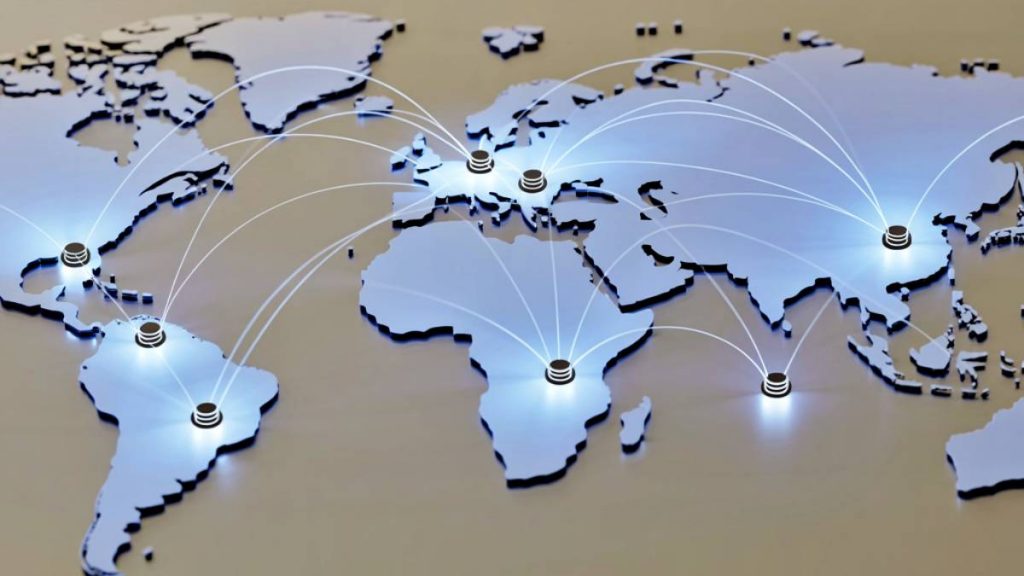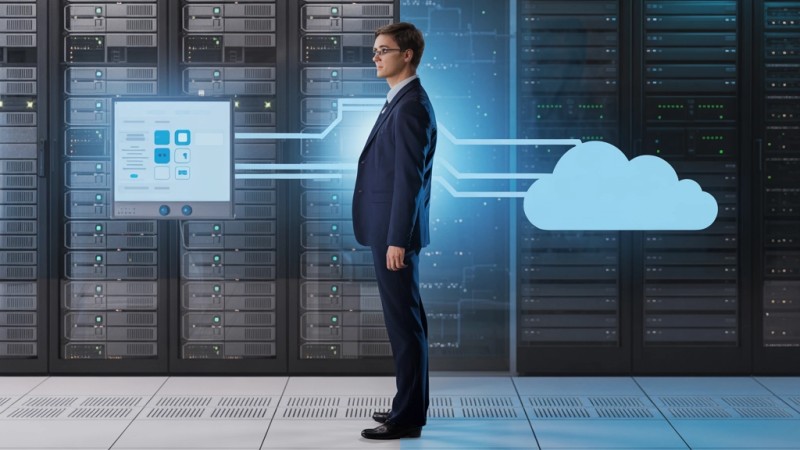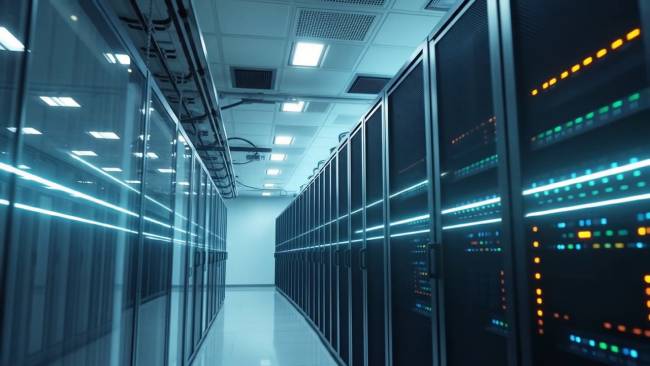Posts matching: Archives

Better Service, Real Accountability: Inside Owner-Managed Data Centers
Who’s Running Your Data Center? When evaluating data center services for your business, one critical factor that often gets overlooked in favor of technical ...
Read More

Fire, Flood, Blackout: Is Your Data Safe?
The New Normal: Extreme Weather Challenges for California Businesses When it comes to business continuity in California, the conversation has undergone a dramatic shift ...
Read More

The Cloud is Not a Place: Local Data Centers and Data Sovereignty
The Myth of the Ethereal Cloud When we talk about “the cloud,” we often picture our data floating somewhere in the digital ether, free ...
Read More

How Colocation Supports Distributed Teams
As hybrid work becomes the norm rather than the exception, businesses face a critical challenge: how to support a distributed workforce with fast, secure, ...
Read More

Local Colocation: Why Proximity Still Matters in a Cloud World
In today’s technology world, the cloud dominates most IT conversations. From startups to enterprises, everyone is embracing cloud platforms. With promises of scalability, accessibility, ...
Read More

The Right Time to Switch from On-Prem to Colocation
For many growing businesses, technology infrastructure starts out in a spare office, a back room, or even a closet. It’s a practical and low-cost ...
Read More

